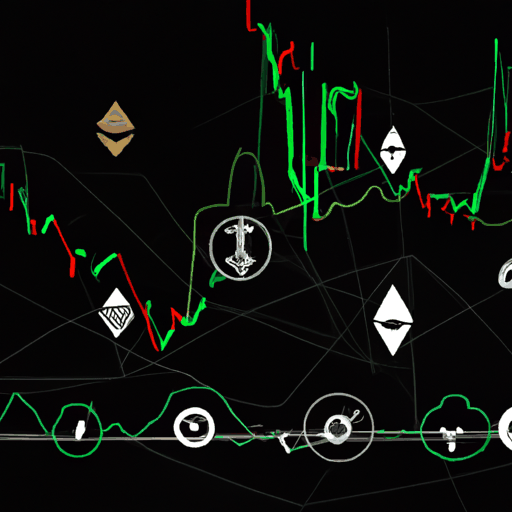
Binance Futures Outage and Alleged Market Manipulation Stir Crypto World
By: Isha Das
In a recent tumultuous phase for the cryptocurrency markets, Binance, a major crypto exchange, experienced a temporary outage in its futures trading platform. On August 29th, Binance futures trading, amounting to a colossal $90 billion in market activity, was unexpectedly suspended. This halt was tied to complications with its USD-margined contracts. The issue was quickly resolved within approximately 25 minutes, after which Binance assured that all futures trading was fully operational. However, the exchange did not provide specific details on the root cause of the disruption, leaving room for speculation among traders who depend heavily on stablecoin-collateralized instruments for their hedging strategies.
The sudden suspension at Binance, particularly affecting the UM stack responsible for handling contracts in stablecoins like USDT and USDC, played a significant role in shifting the market dynamics, albeit briefly. This incident highlighted the potential vulnerabilities within even the largest crypto trading platforms and underscored the essential need for reliability in trading infrastructure, given the breadth of market participation. Despite Binance's boast of a 99.98% API uptime for 2025, such outages raise critical questions about the robustness of systems supporting the trading activities of millions worldwide.
Amidst this operational hiccup, another wave of controversy surrounds Binance with allegations of market manipulation. In recent weeks, Bitcoin's price has seen a considerable dip, falling 8% over the past month, which many analysts attribute partially to Binance's actions. Critics have pointed fingers at Binance, accusing it of orchestrating sell-offs through third-party market maker, Wintermute, to influence Bitcoin's bearish trends. This trend, they claim, has led to significant liquidations, echoing instances reminiscent of the infamous FTX collapse, where client funds allegedly were misused.
The analyst DeFitracer pointed out that such activities don't seem isolated to Bitcoin alone, suggesting that Binance could be offloading Solana (SOL) to limit competition with its native Binance Coin (BNB). Such intra-platform competition raises eyebrows about whether client assets are being leveraged without disclosure. Amid these allegations, the crypto community remains wary of such practices influencing broader market trends, especially with potential Federal Reserve rate cuts on the horizon poised to sway market dynamics once more. The upcoming decisions by the Federal Reserve might trigger another bull run in the crypto markets, echoing past rebounds and further reflecting the intricate dance of crypto exchange speculation and macroeconomic policy.



